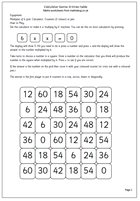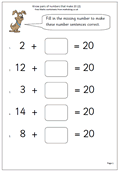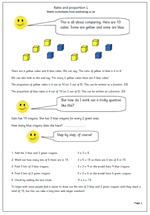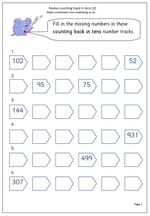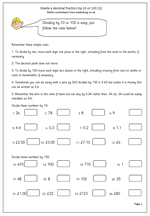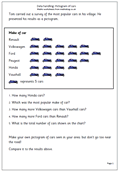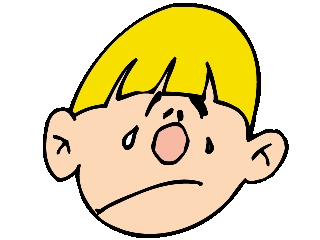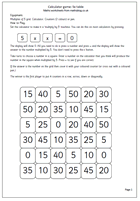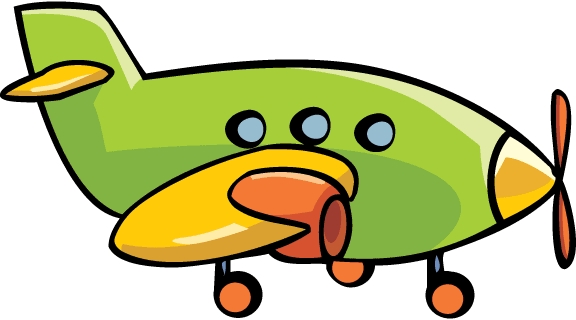 With the summer holidays nearly upon us we have a rather nice number investigation for Year 3. Using exactly 5 of the cards, how many ways can 12 be made? As with all of these mini investigations children need to be encouraged to work in a well organised, ordered way rather than haphazardly.
With the summer holidays nearly upon us we have a rather nice number investigation for Year 3. Using exactly 5 of the cards, how many ways can 12 be made? As with all of these mini investigations children need to be encouraged to work in a well organised, ordered way rather than haphazardly.
We will also be publishing our second page on ratio and proportion, an area of maths which is less well covered than the traditional four rules but nevertheless involves key concepts.
An important part of this page is to be able to show the ratios in the simplest form. This process is similar to showing fractions in their simplest form, for example 6:4 can be simplified to 3:2 by dividing each by 2.
For year 6, a calculator/decimal page. This again looks at decimal fractions and how to manipulate them. The first set of questions involve changing decimals, using either the multiplication or division keys of the calculator, in just one step.
The second set of questions use the add or subtract keys. A good test of understanding place value.
